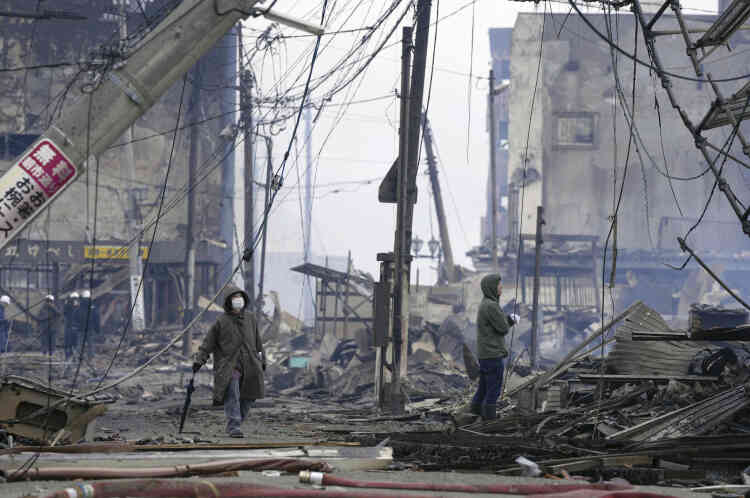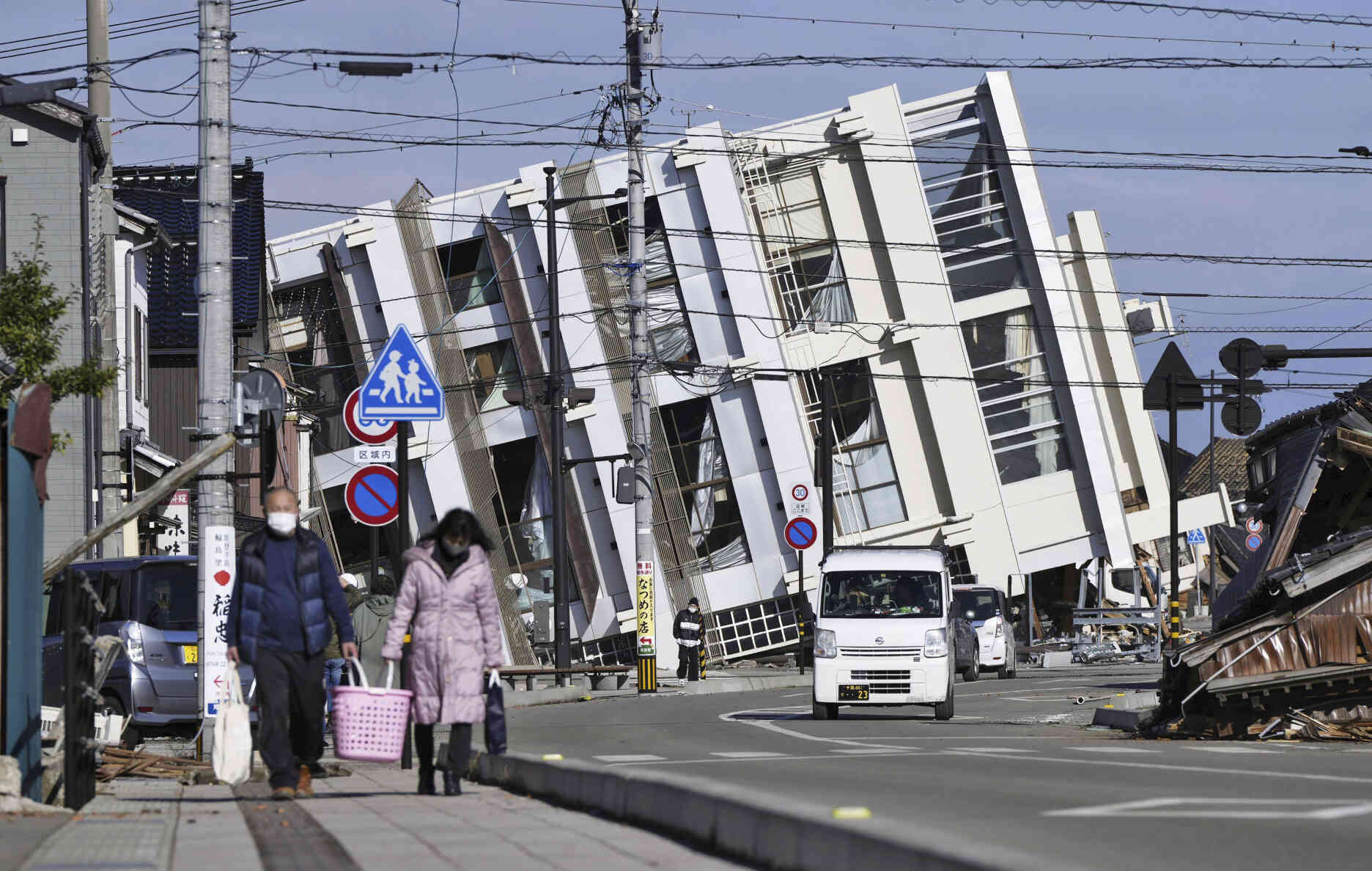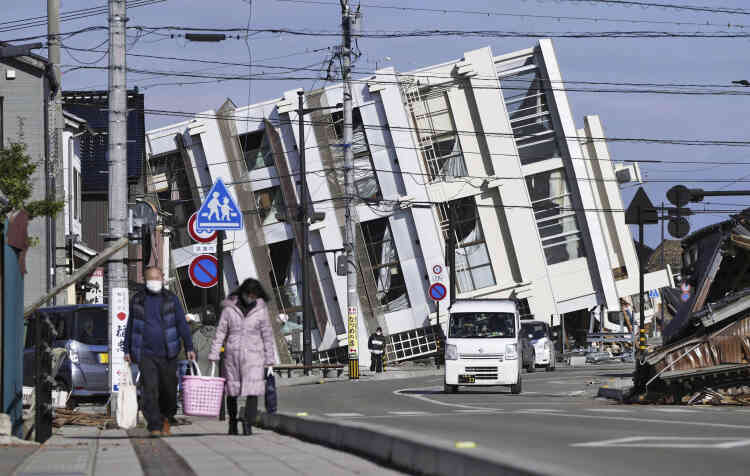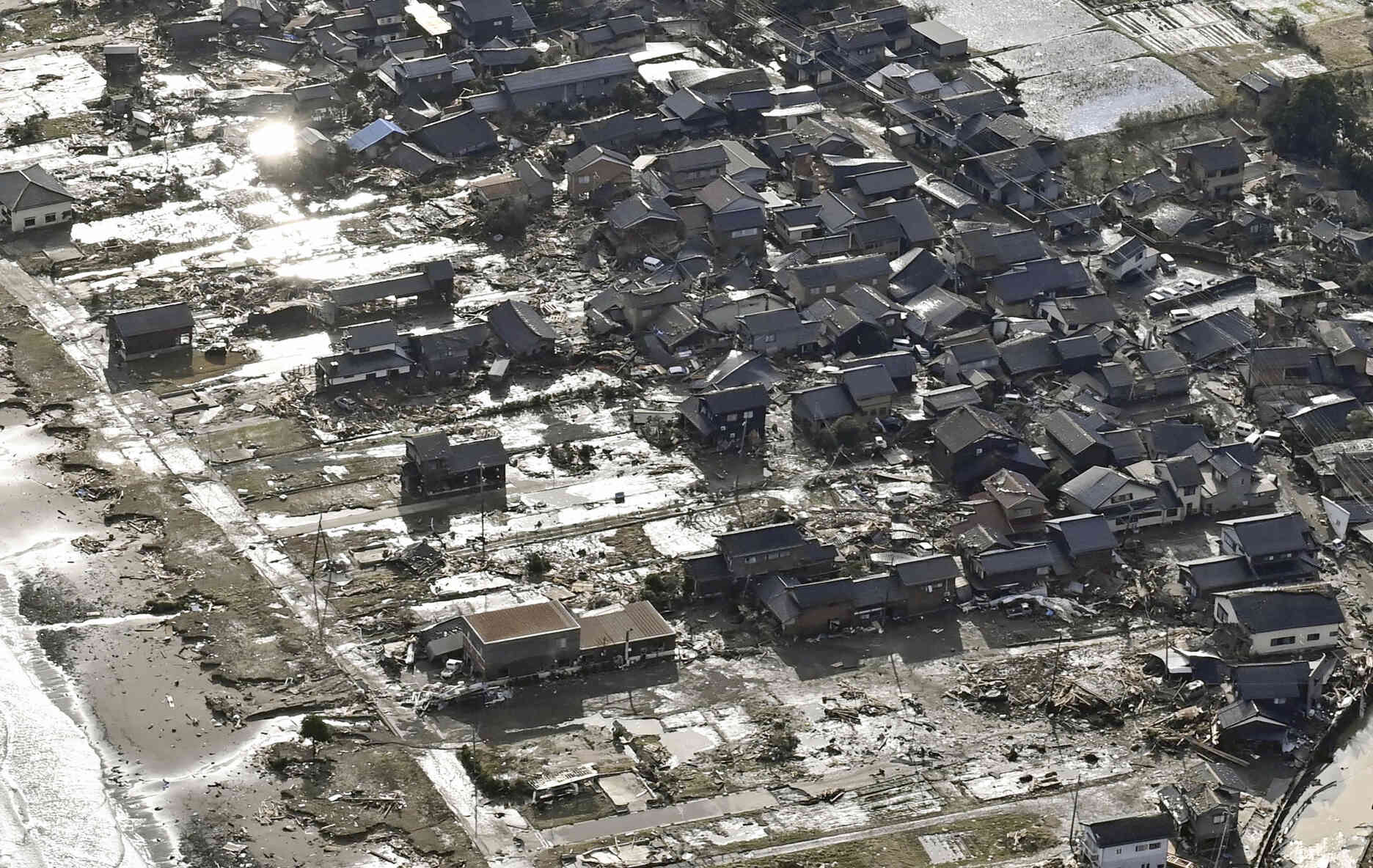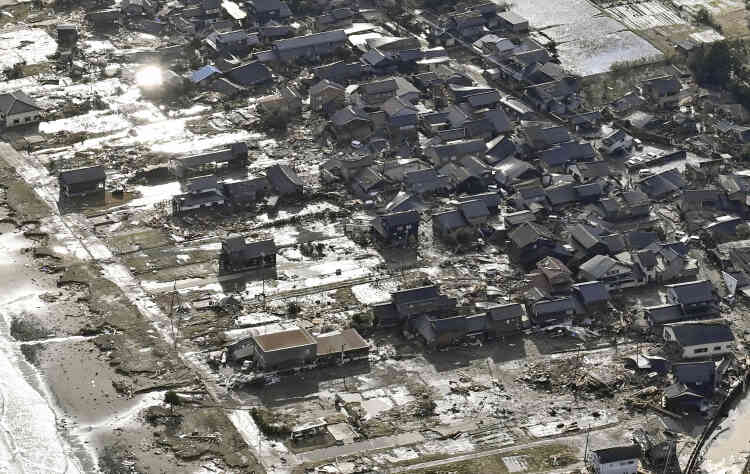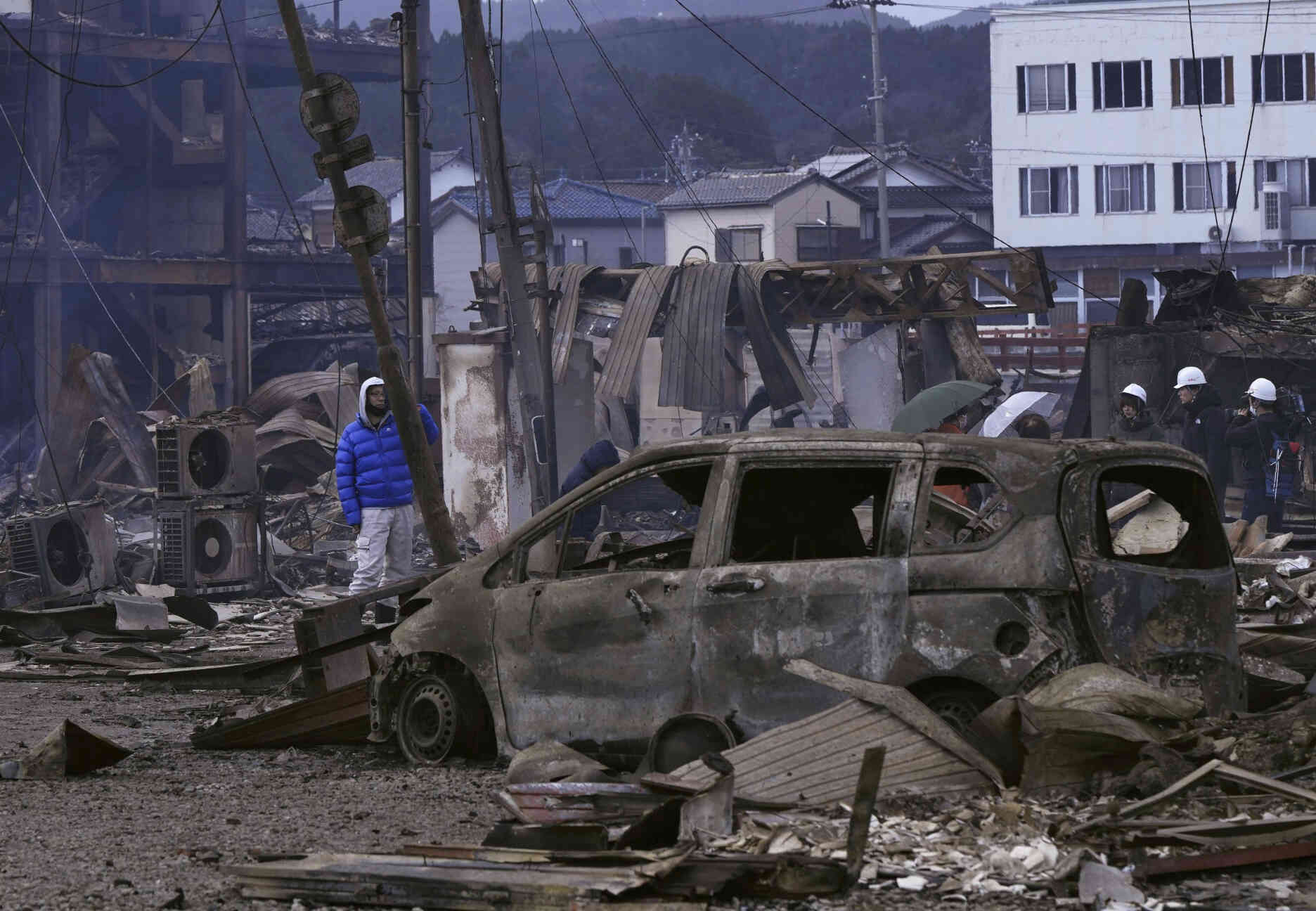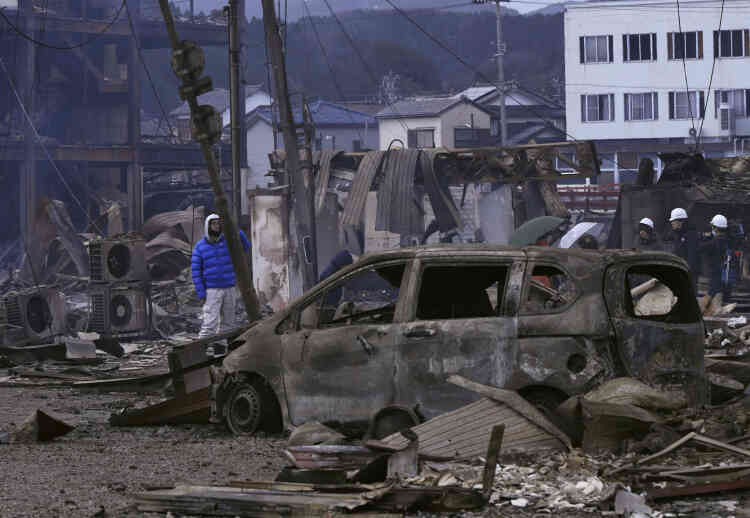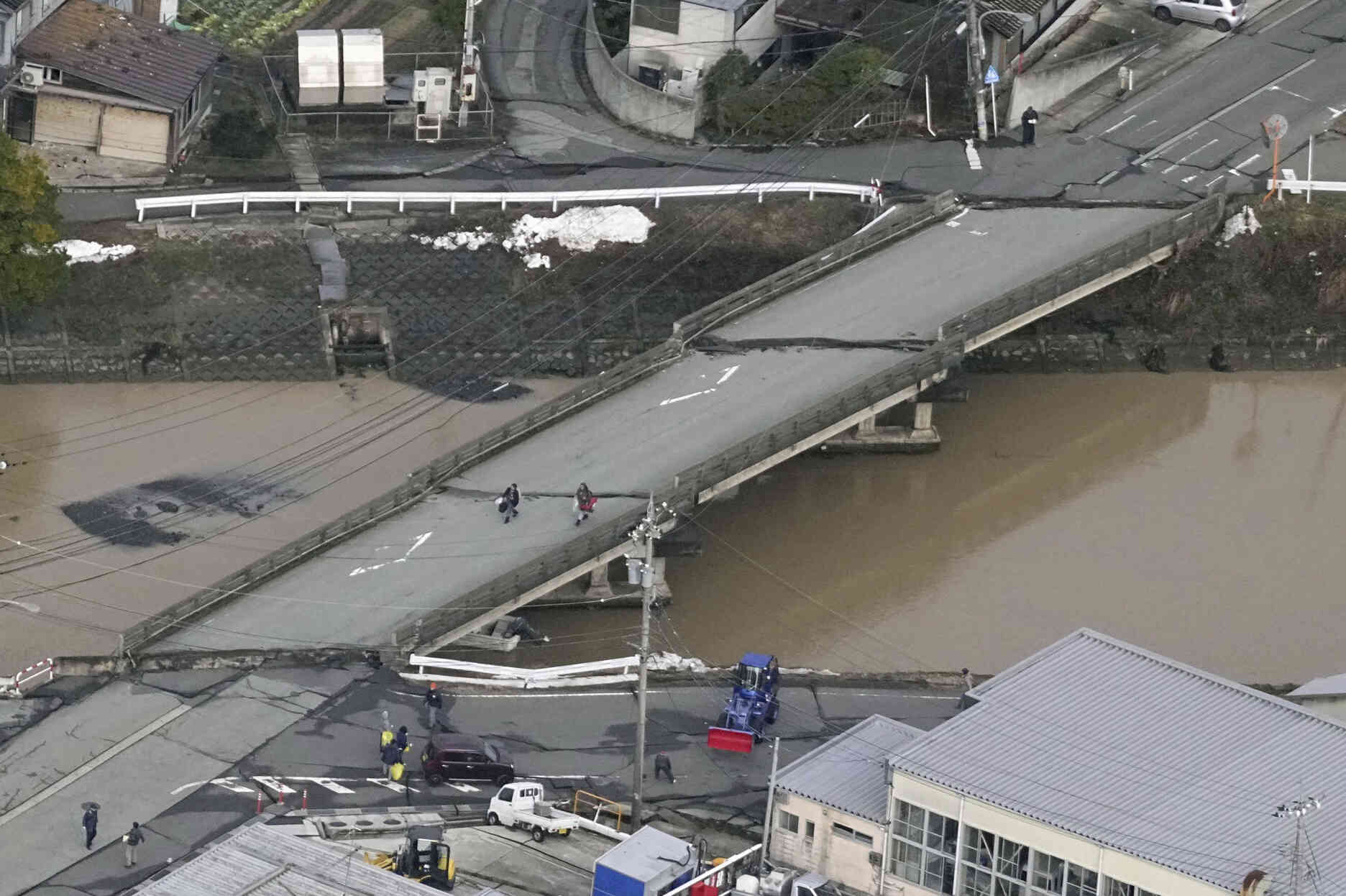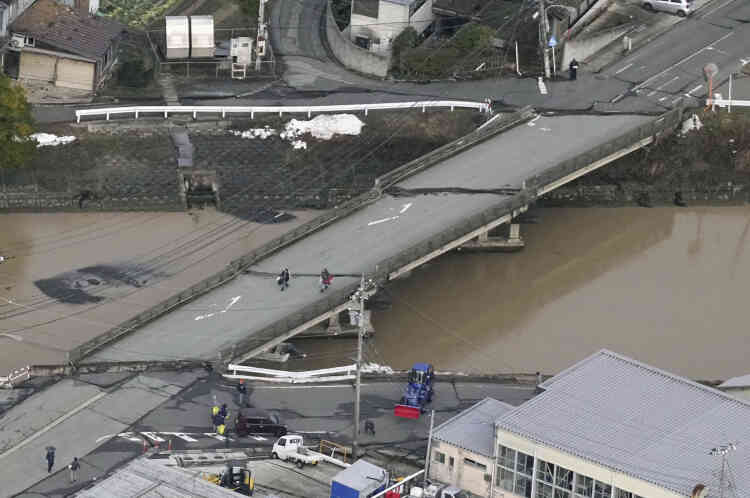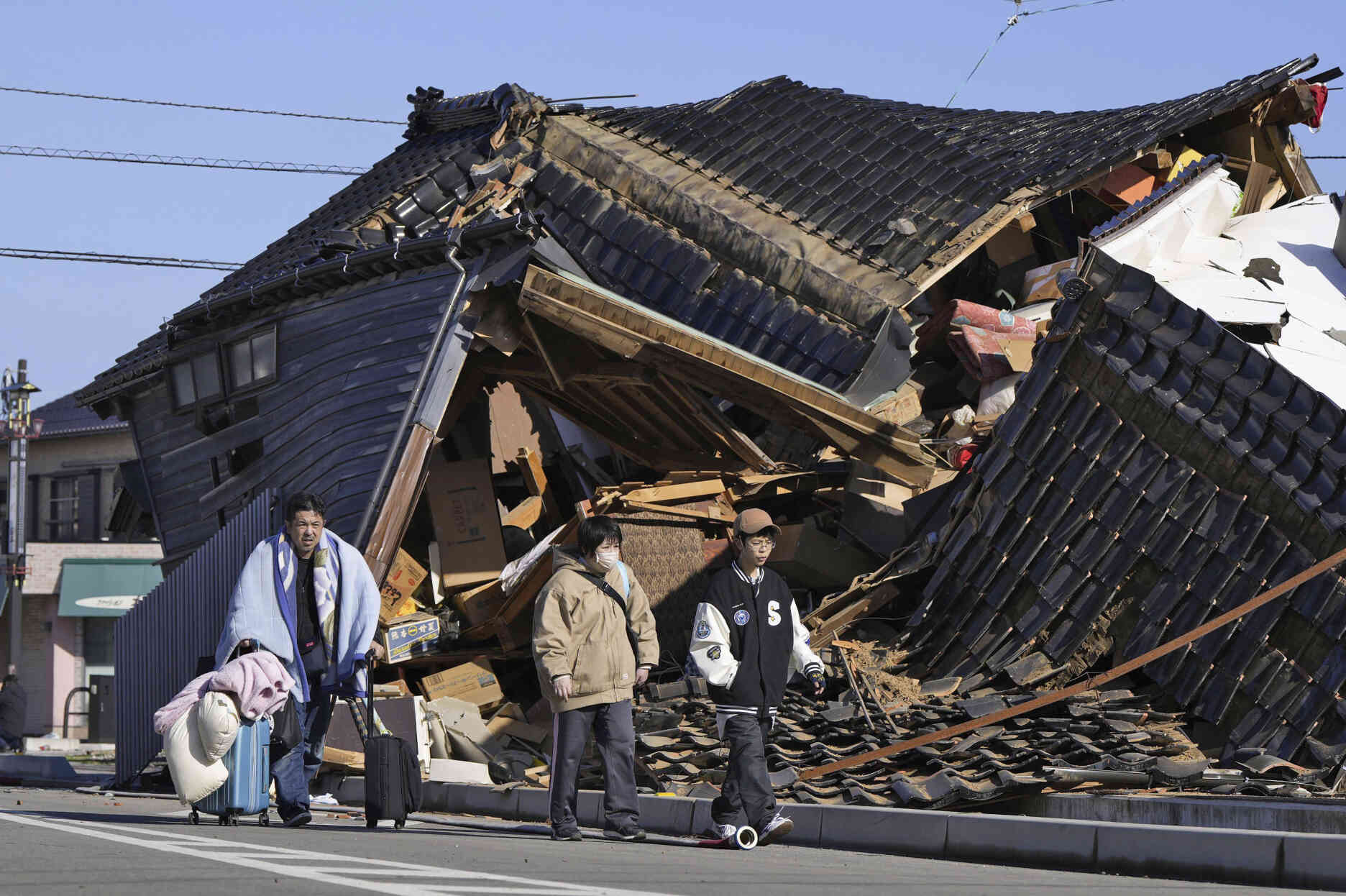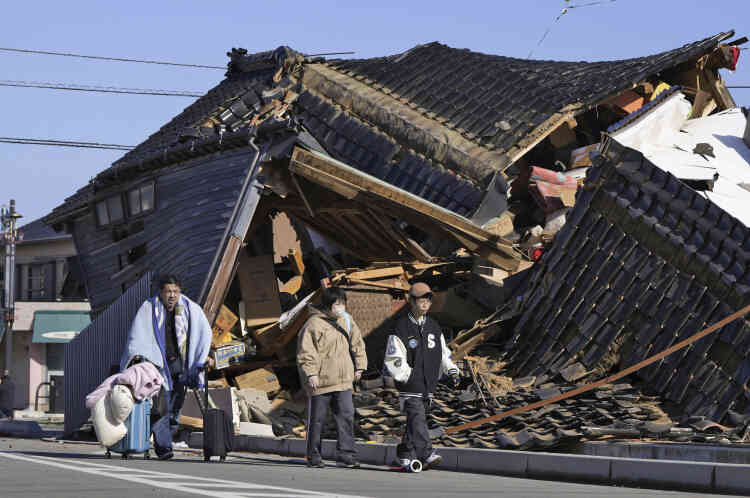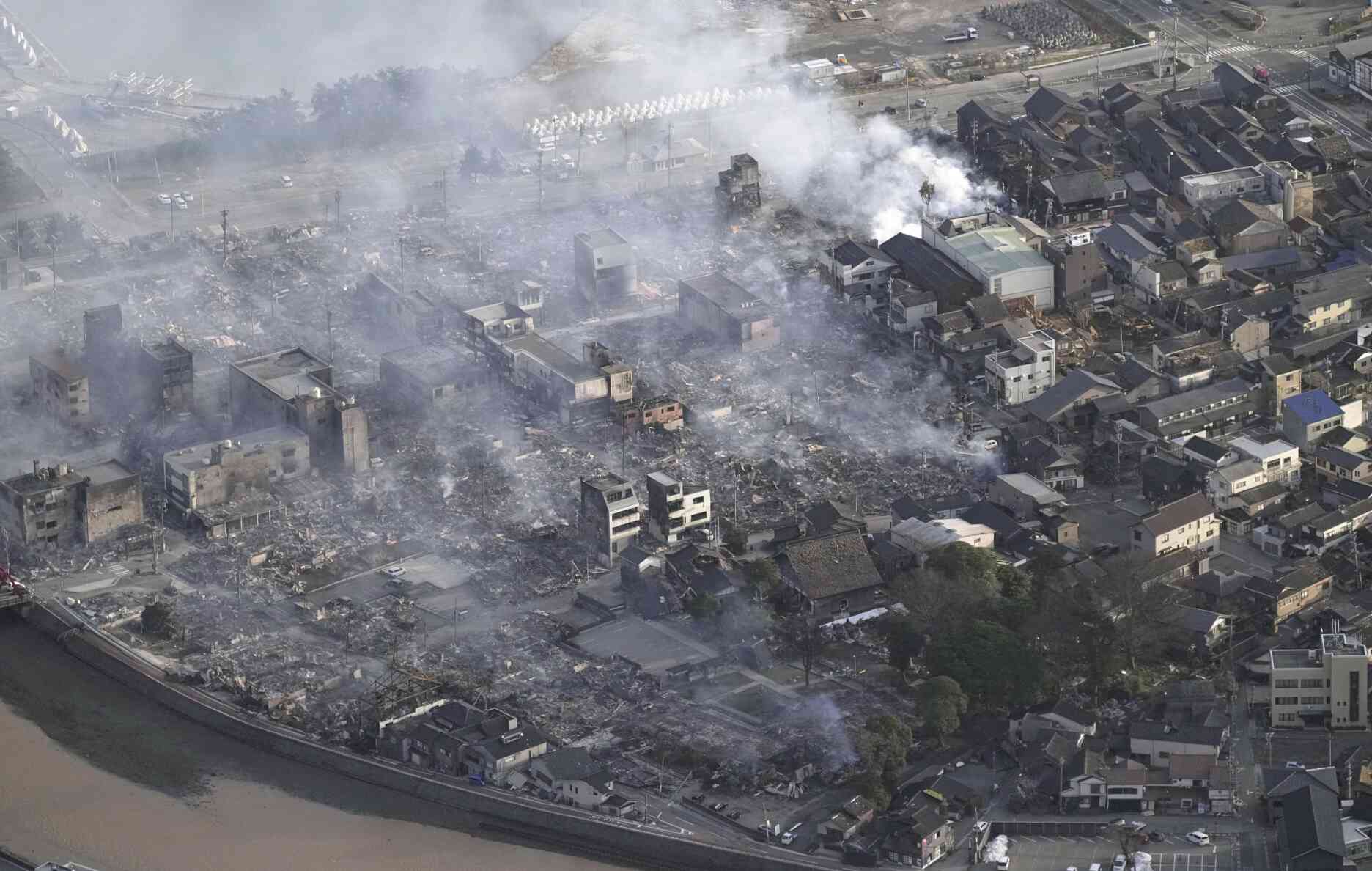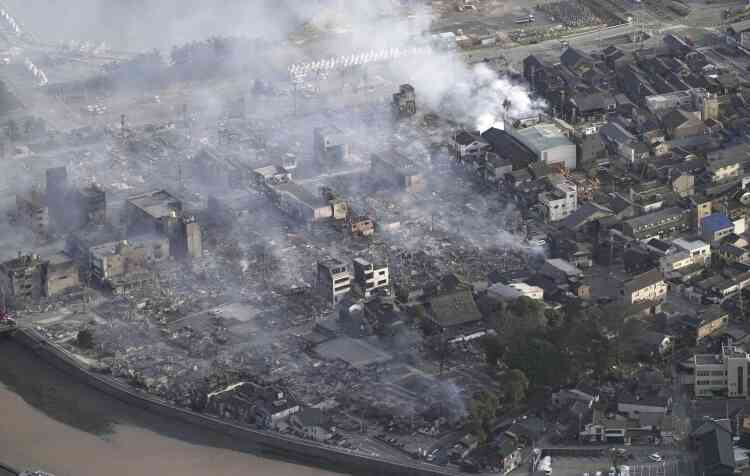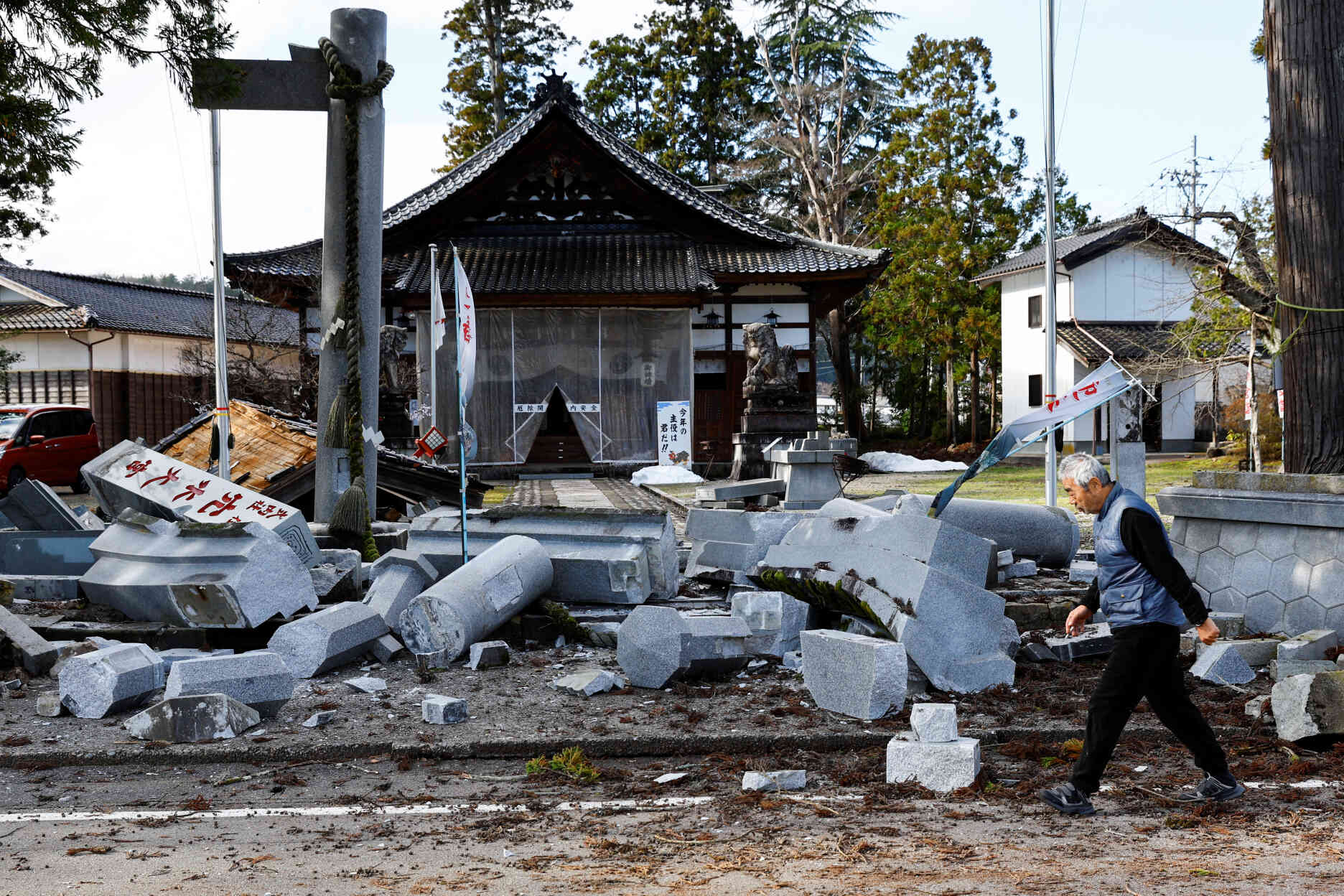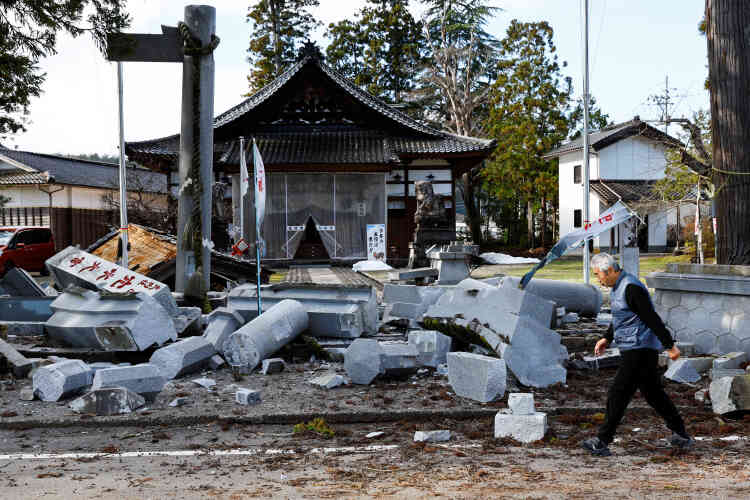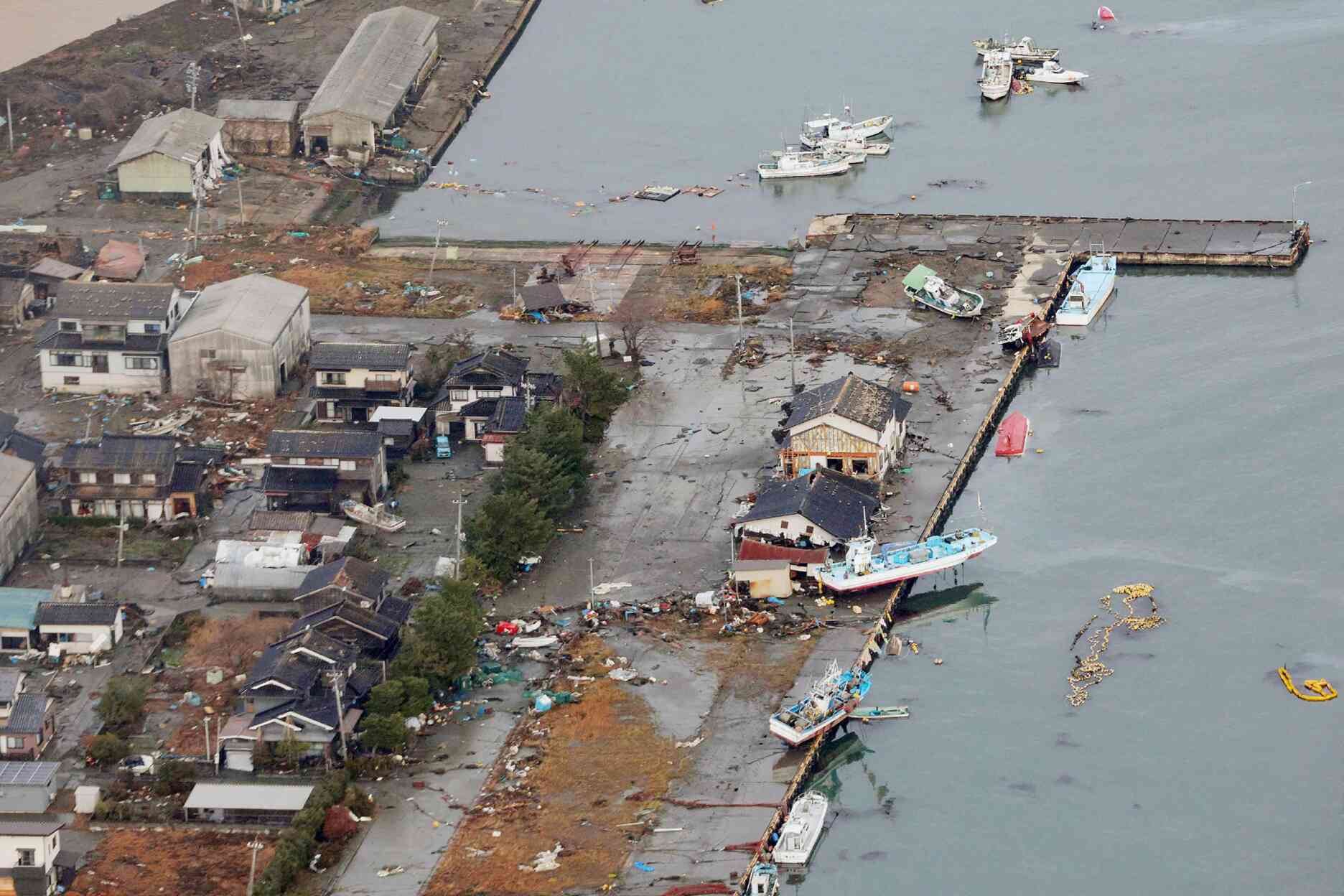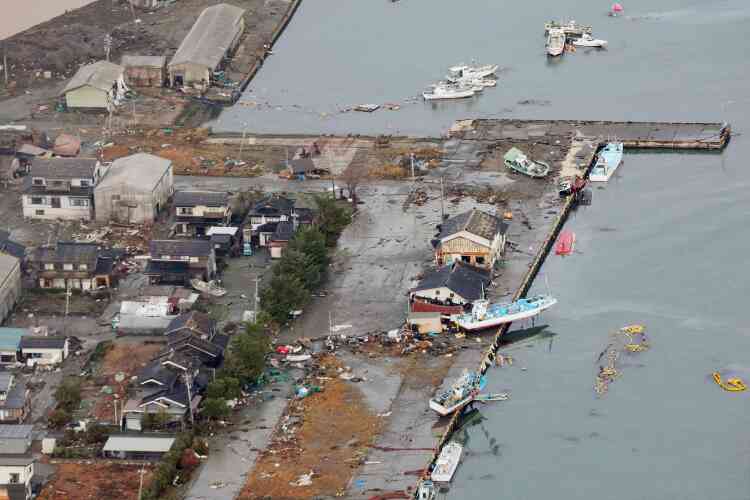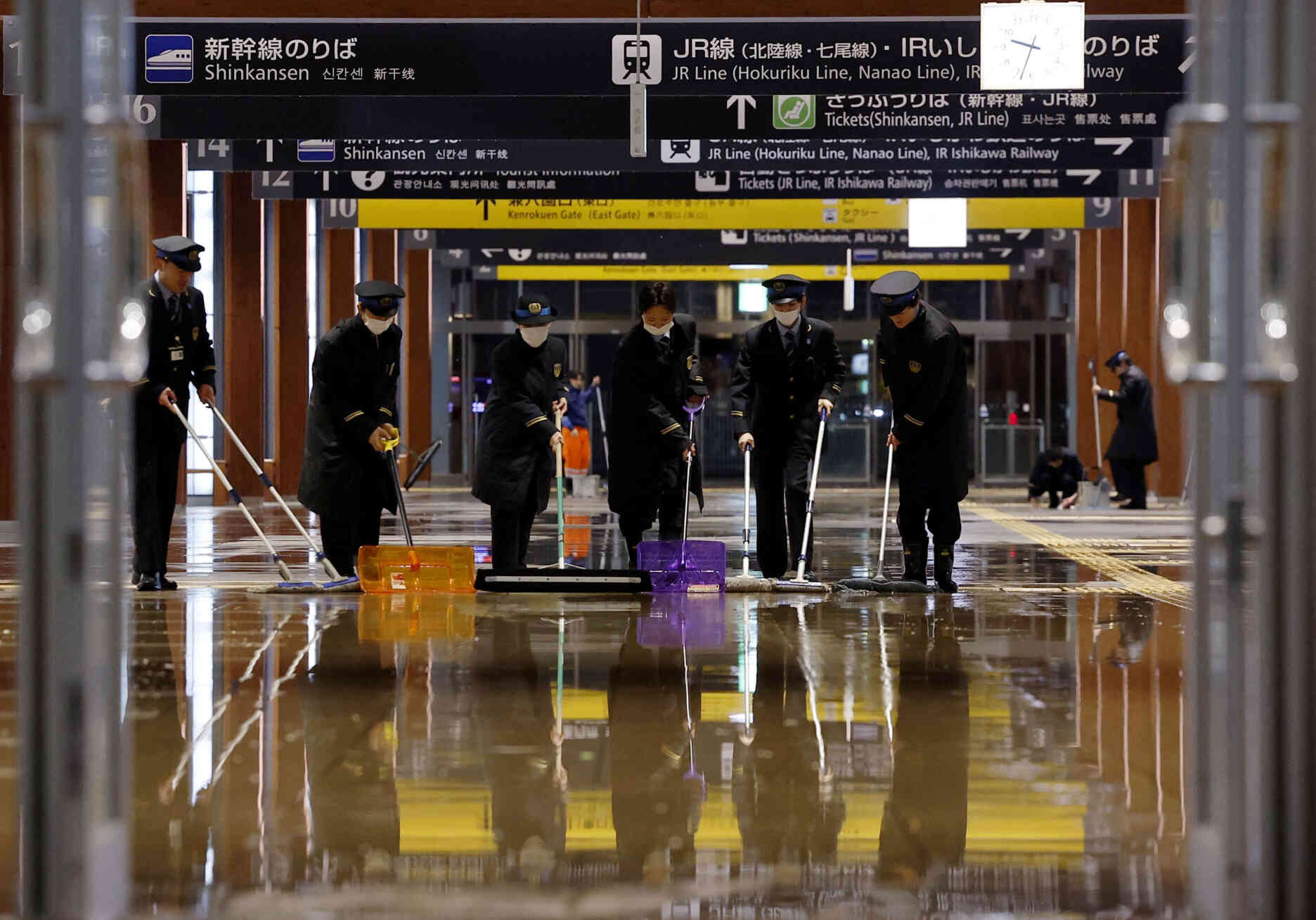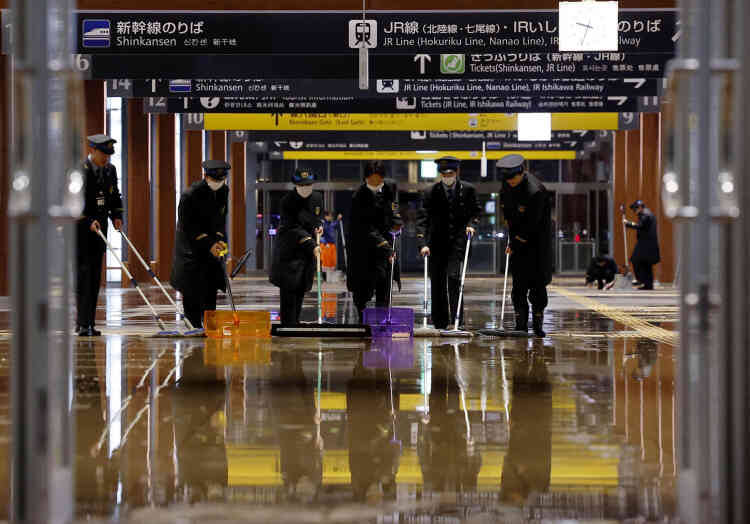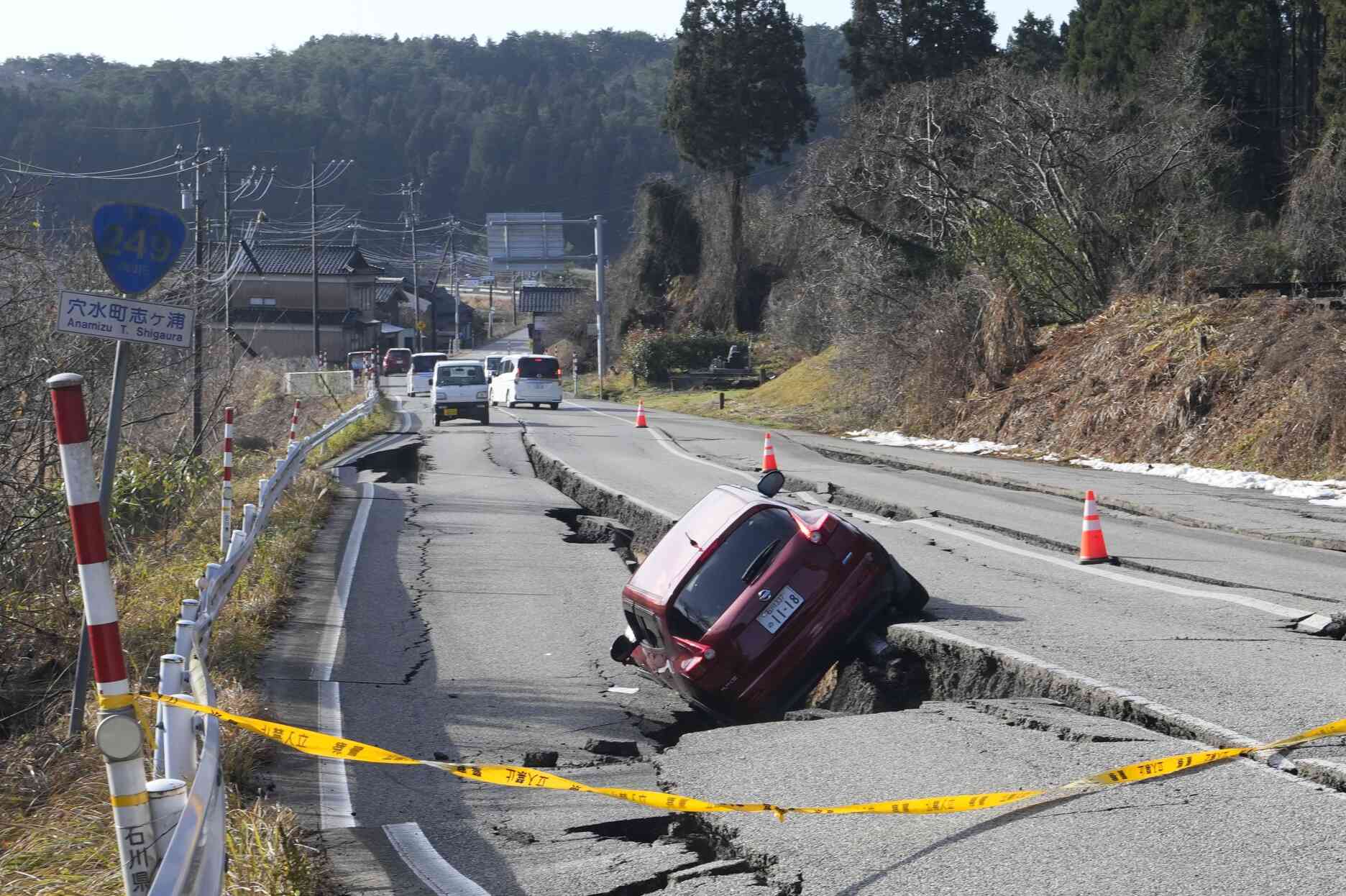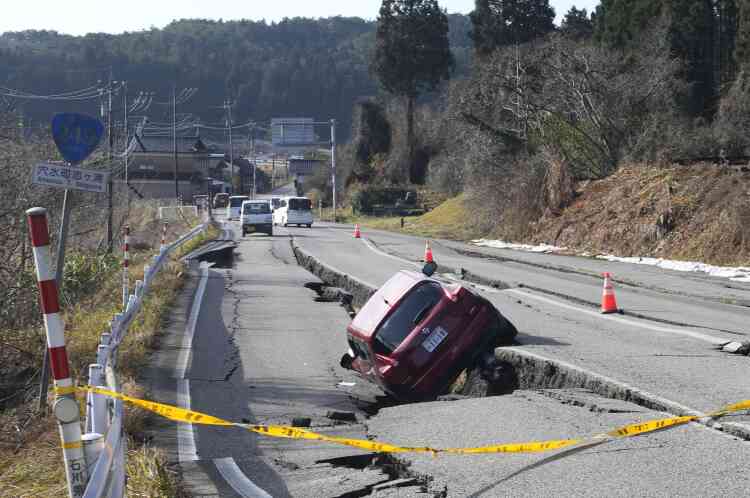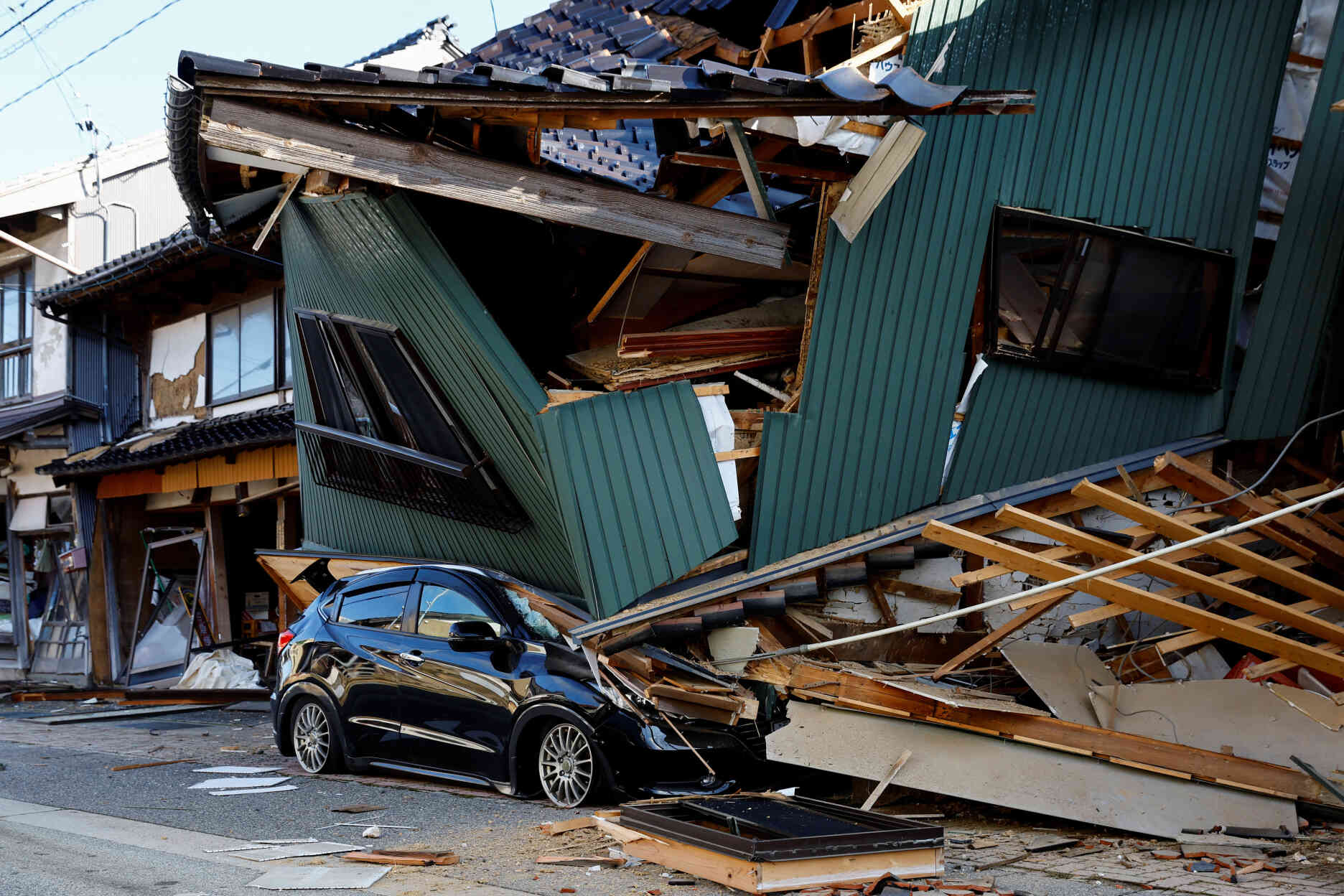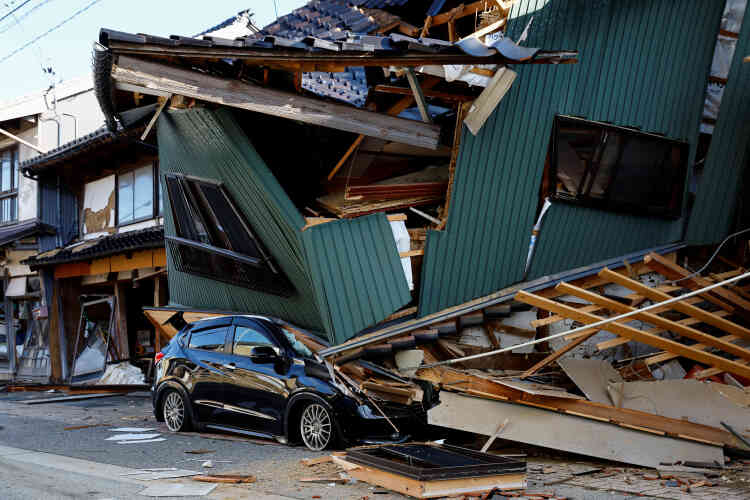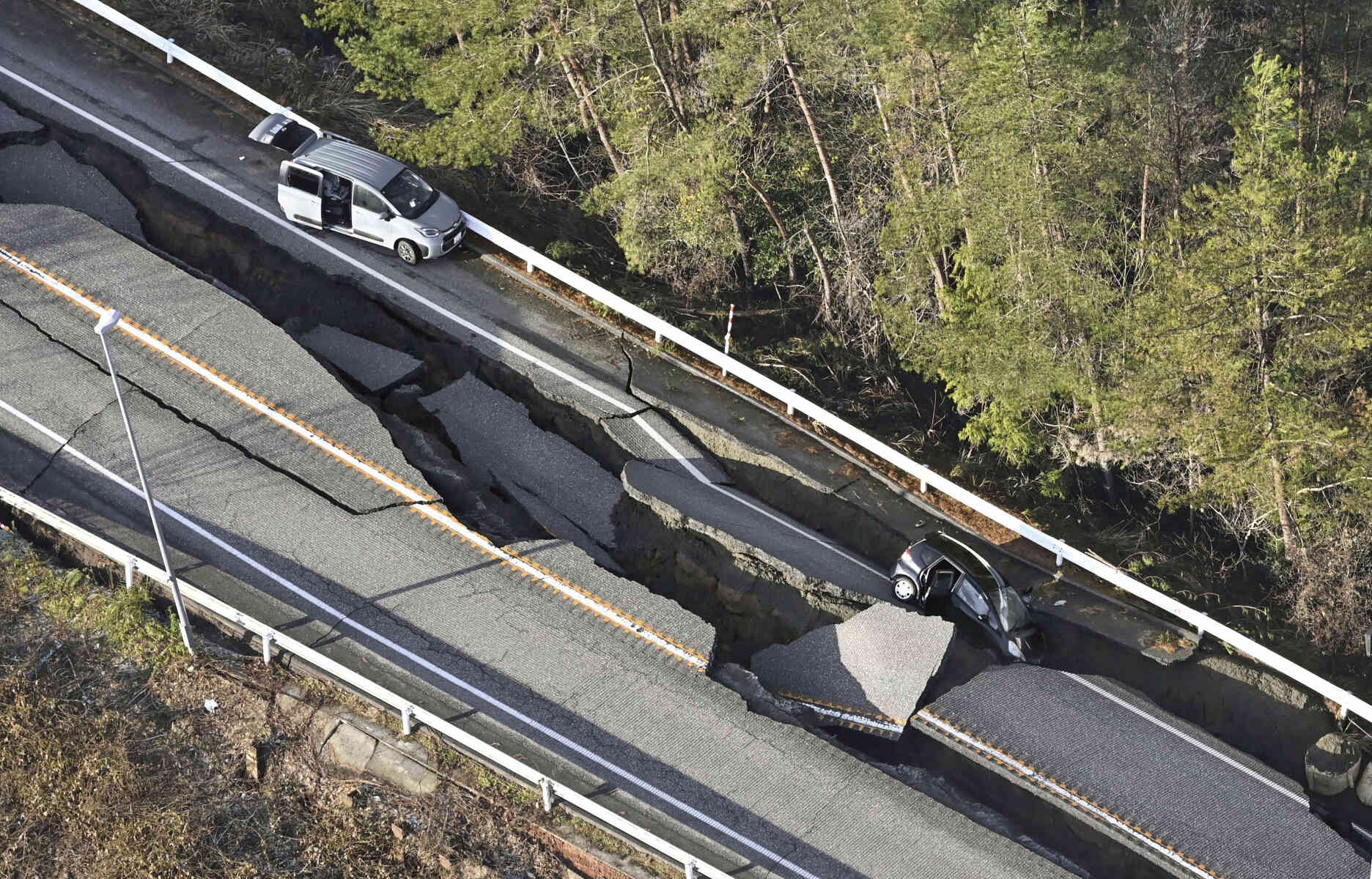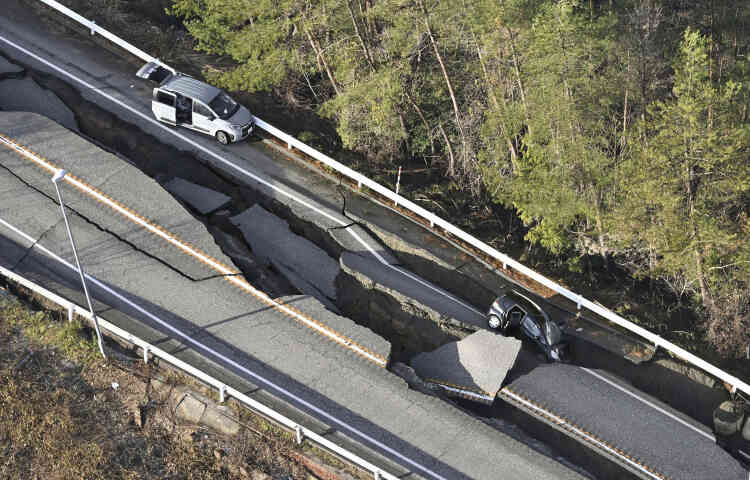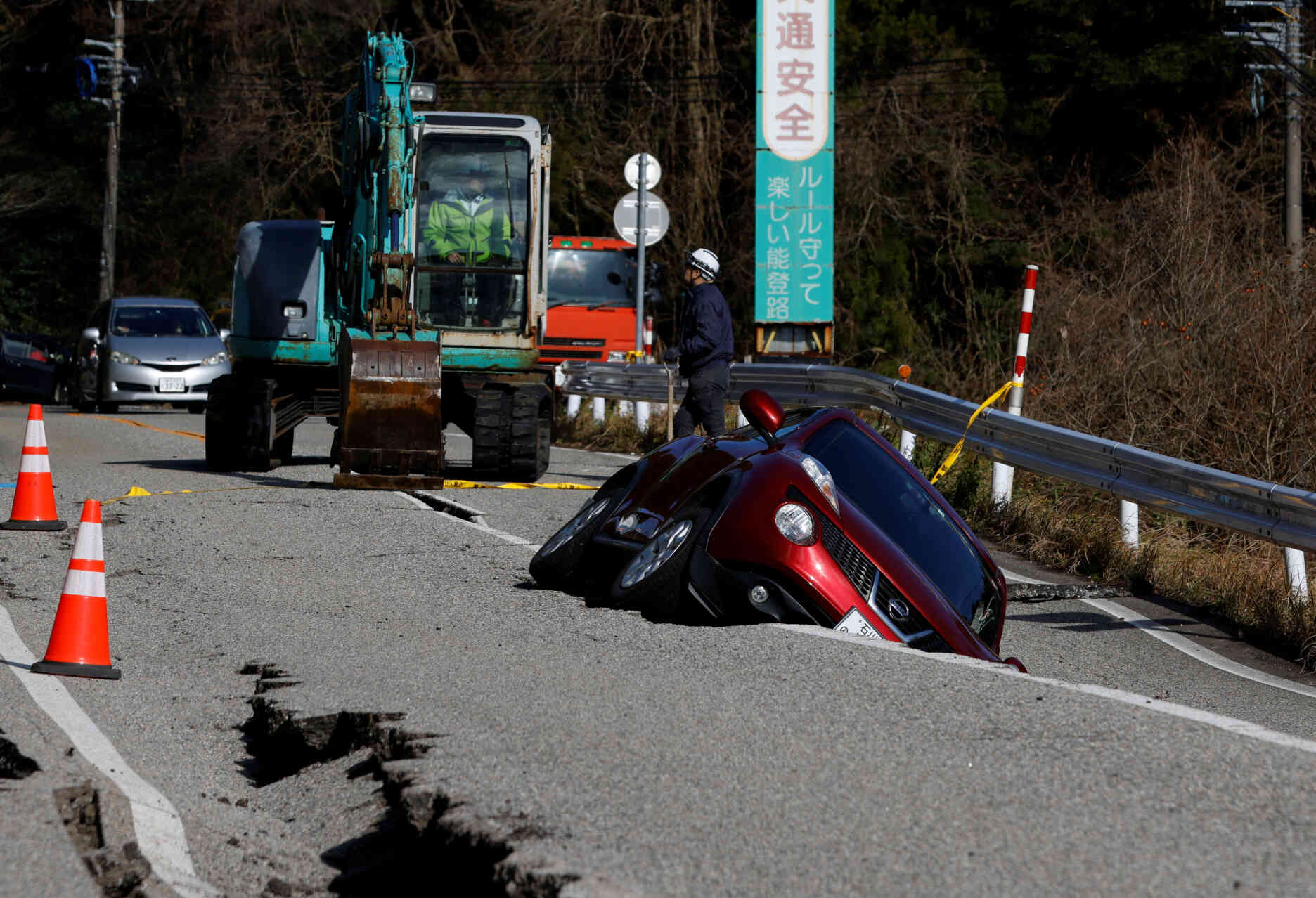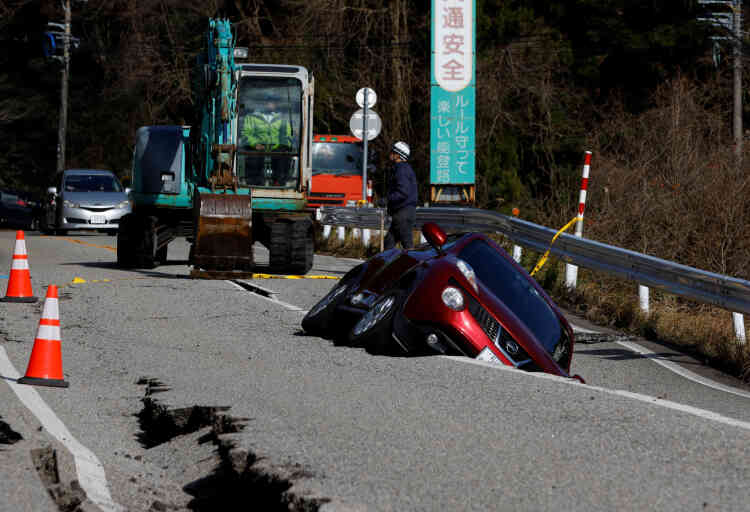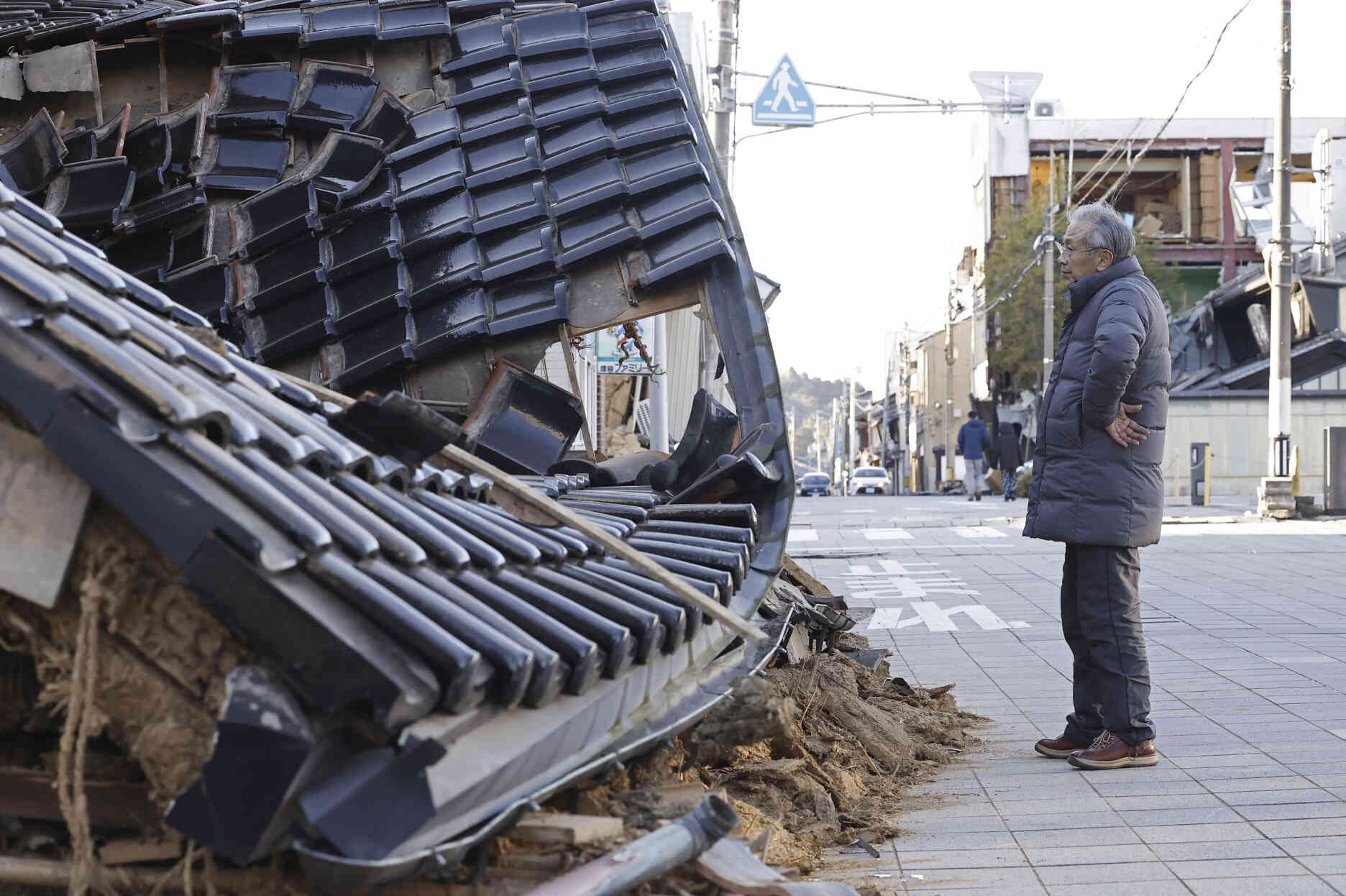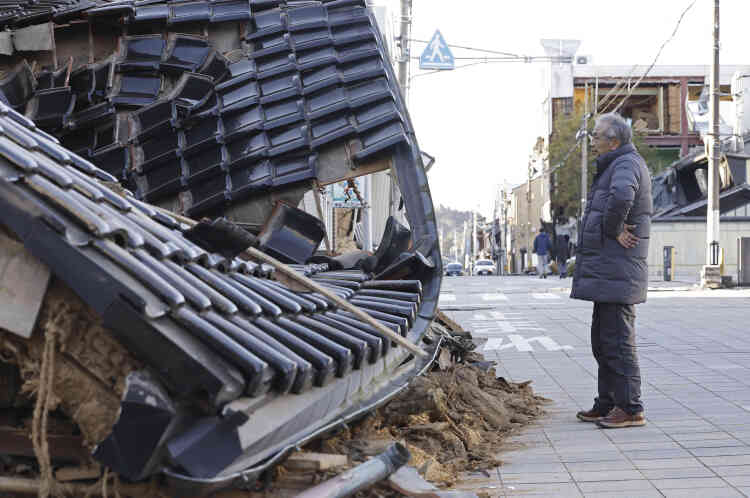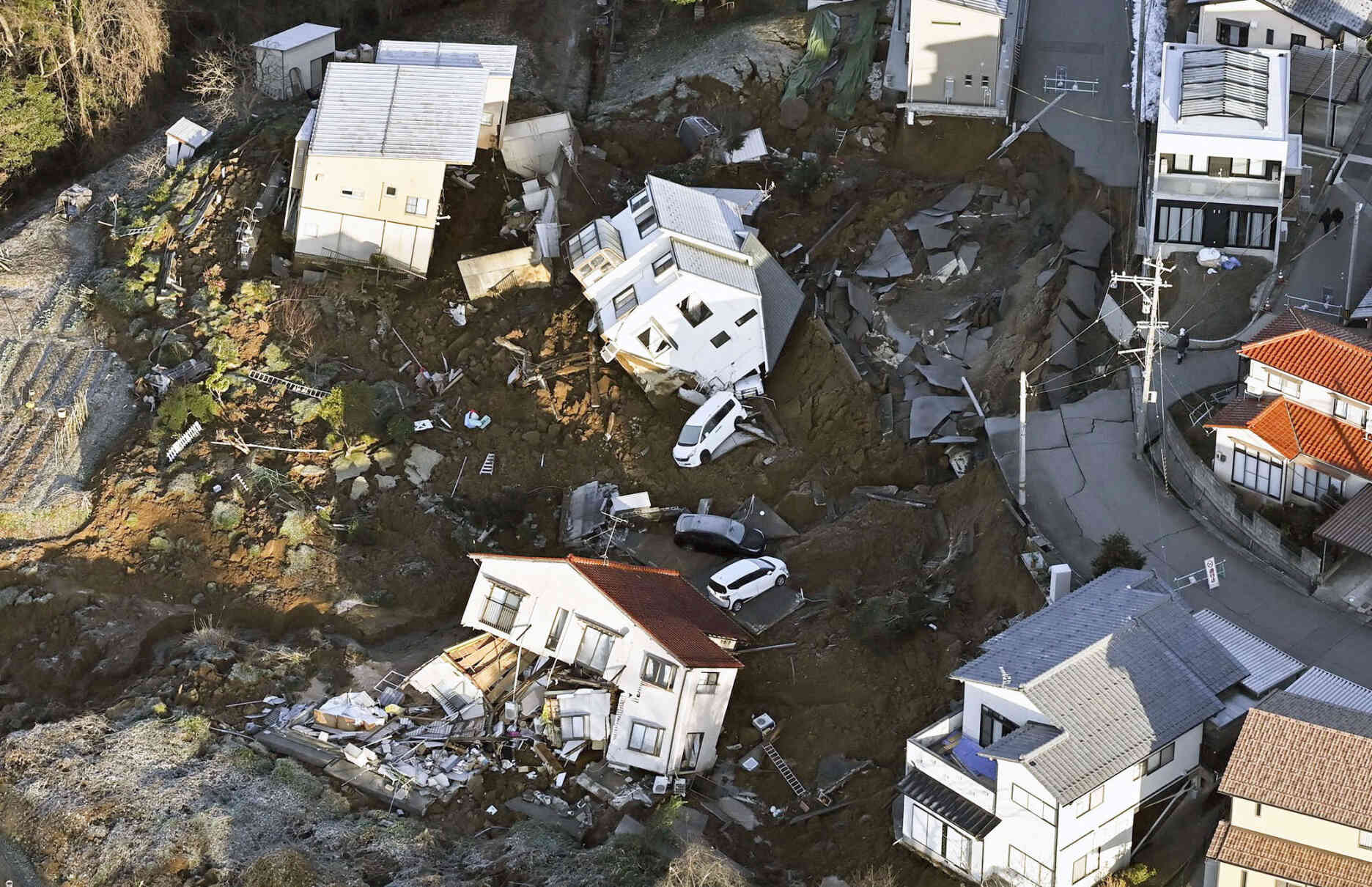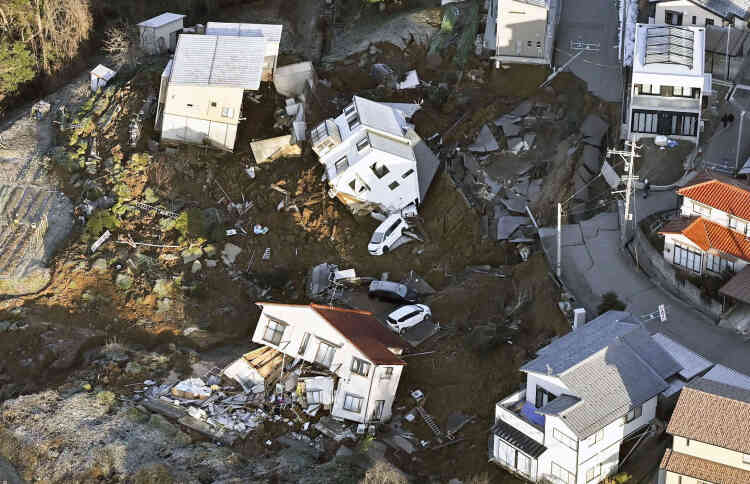The rescue services continue, Saturday January 6, to tirelessly search the rubble of the devastating earthquake in central Japan on New Year’s Eve which caused the death of 126 people and injured 516 others, according to a latest report.
Around 210 people also remain missing according to the count announced by local authorities, but hopes of finding survivors almost five days after the disaster are increasingly slim. The rescuers’ task was expected to be made even more difficult by the weather conditions, with rain and snow expected this weekend, with temperatures close to zero degrees.
The 7.6 magnitude earthquake, which occurred on the afternoon of 1er January in the Noto Peninsula, devastated this narrow strip of land about a hundred kilometers long which juts into the Sea of Japan, causing landslides and collapsing buildings and roads. The shock, felt as far away as Tokyo, 300 kilometers away, also triggered a tsunami: waves more than a meter high hit the coasts in certain places, sweeping away homes and roads along the sea and throwing boats inland.
25,000 homes still without water and 70,000 without electricity
More than 30,000 people were refugees on Saturday in some 350 evacuation centers according to the department of Ishikawa, where the Noto peninsula is located, in often precarious conditions, particularly in the most difficult to access areas.
“I don’t find that we received equipment or food in substantial quantities”, regrets Takushi, 59, who lives in the village of Noto, at the tip of the peninsula. He said he refrained from collecting food rations from a nearby shelter so they could be distributed to the aging population and young children.
“We are doing our best to carry out rescue operations in isolated villages (…). However, the reality is that their isolation has not been resolved as much as we would like., Hiroshi Hase, the governor of Ishikawa, admitted on Friday. Nearly 25,000 homes were also still without electricity and more than 70,000 homes were without water on Saturday morning in this department and two others located further north.
Request for volunteers
To avoid hindering relief operations and the delivery of food to refugees, local authorities have called on people outside the Noto peninsula, usually a tourist destination, to avoid going there for “non-essential and non-urgent travel”. They also asked those who would like to volunteer for the clearing operations to wait until the end of the three-day weekend, this Monday being a public holiday in Japan, due to lack of organization to be able to welcome and direct them.
This earthquake, followed by hundreds of aftershocks of lower intensity, was described by the Prime Minister, Fumio Kishida, as “worst disaster” of Reiwa, the Japanese era which opened in 2019 with the accession to the throne of Japanese Emperor Naruhito. Several countries, including the United States and France, have offered aid to Japan, and many have offered their condolences, including China and North Korea, whose leader Kim Jong-un expressed his condolences. “deep compassion” in a message addressed to Mr. Kishida.
Located on the Pacific Ring of Fire, Japan is one of the countries with the most frequent earthquakes. The Japanese archipelago is haunted by the memory of the terrible magnitude 9 earthquake followed by a giant tsunami in March 2011 on its northeastern coasts, a disaster which left some 20,000 people dead or missing. This disaster also led to the Fukushima nuclear accident, the most serious since Chernobyl in 1986.

